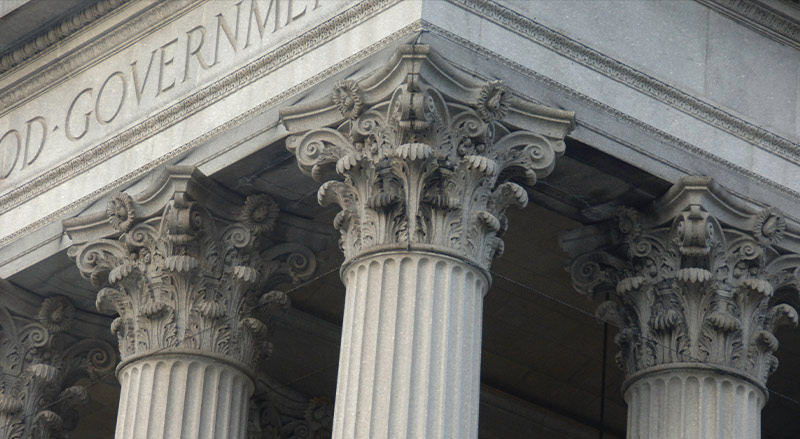Blockchain and Non-Fungible Tokens (NFTs) have the potential to significantly enhance transparency in the public sector in several ways. However, governments also need to be educated on how exactly NFTs and blockchain can be used to help citizens.
This is the view of Bryan Daugherty, Global Public Policy Director for the BSV Blockchain Association, who noted that NFTs are typically associated with ‘Bored Apes’ and other get-rich-quick schemes.
‘There is still a great deal of education which needs to be provided to policymakers and governments about NFTs and blockchain in general. Because a lot of the policymakers are receiving a lot of education from the media – which is hyper-focused on the burning crypto car on the side of the road.’
‘I see NFTs more around the data aspect compared to micropayments. This includes document verification systems with the capability of storing hashes of documents on-chain.’
Transparency done right via blockchain NFTs
Daugherty added that while blockchain and NFTs offer promising solutions for transparency in government, their implementation requires careful consideration of privacy concerns, scalability, accessibility, and the need for user-friendly interfaces.
Moreover, technological solutions alone cannot guarantee transparency; they must be complemented by strong governance frameworks and legal mechanisms to ensure effective utilisation and public trust, he said.
‘Anytime that you need to provide proof that a job is done or issue a form for something (we can use blockchain and NFTs). Imagine a building permit or scaffolding in New York City, the inspector can just scan the token and see if it is authenticated.
‘So it really just improves the efficiency and cost-effectiveness by creating a transparent, immutable ledger of events,’ he said.
Multiple use-cases for blockchain NFTs in government
Here are a few examples of how blockchain and NFTs can help with transparency and accountability in government:
Immutable record-keeping: Blockchain technology allows for the creation of a tamper-resistant ledger. Government agencies can use blockchain to record and store information related to financial transactions, procurement processes, voting records, and more. This immutable record-keeping ensures transparency as the data cannot be altered or manipulated without leaving a trace, thereby reducing the risk of fraud or corruption.
Public auditing: By leveraging blockchain, governments can enable public auditing of their activities. Smart contracts can be used to automate processes and ensure compliance with predefined rules and regulations. The transparent nature of blockchain allows citizens, auditors, and other stakeholders to independently verify and audit government transactions, ensuring accountability and reducing the scope for corruption.
Secure voting systems: Blockchain technology can be employed to create secure and transparent voting systems. Each vote can be recorded on the blockchain, providing an auditable trail. Given blockchain’s features, it is extremely difficult for any single entity to manipulate or tamper with the voting results. This can help build trust in the electoral process and increase participation among citizens.
Traceability and supply chain management: Governments often manage various supply chains, including procurement of goods and services, distribution of aid, and tracking the movement of assets. Blockchain-based systems can provide transparency by recording every transaction and movement on the distributed ledger. This ensures the authenticity of goods, reduces the risk of counterfeit products, and enables citizens to trace the journey of government resources.
NFTs for Intellectual Property: NFTs can play a role in government transparency by providing a transparent way to manage intellectual property and assets. Governments can tokenise important documents, certificates, licences, or artwork as NFTs, which are unique and can be easily verified on the blockchain. This increases the transparency and immutability of such assets, preventing fraud or unauthorised modifications.
Public budget allocation: Blockchain technology can facilitate transparent management of public funds and budget allocation. By utilising smart contracts on the blockchain, governments can create an immutable and auditable system that tracks the flow of funds, ensuring that allocated budgets are spent as intended. This enhances transparency, reduces mismanagement, and helps citizens to better understand how their tax dollars are being utilised.
